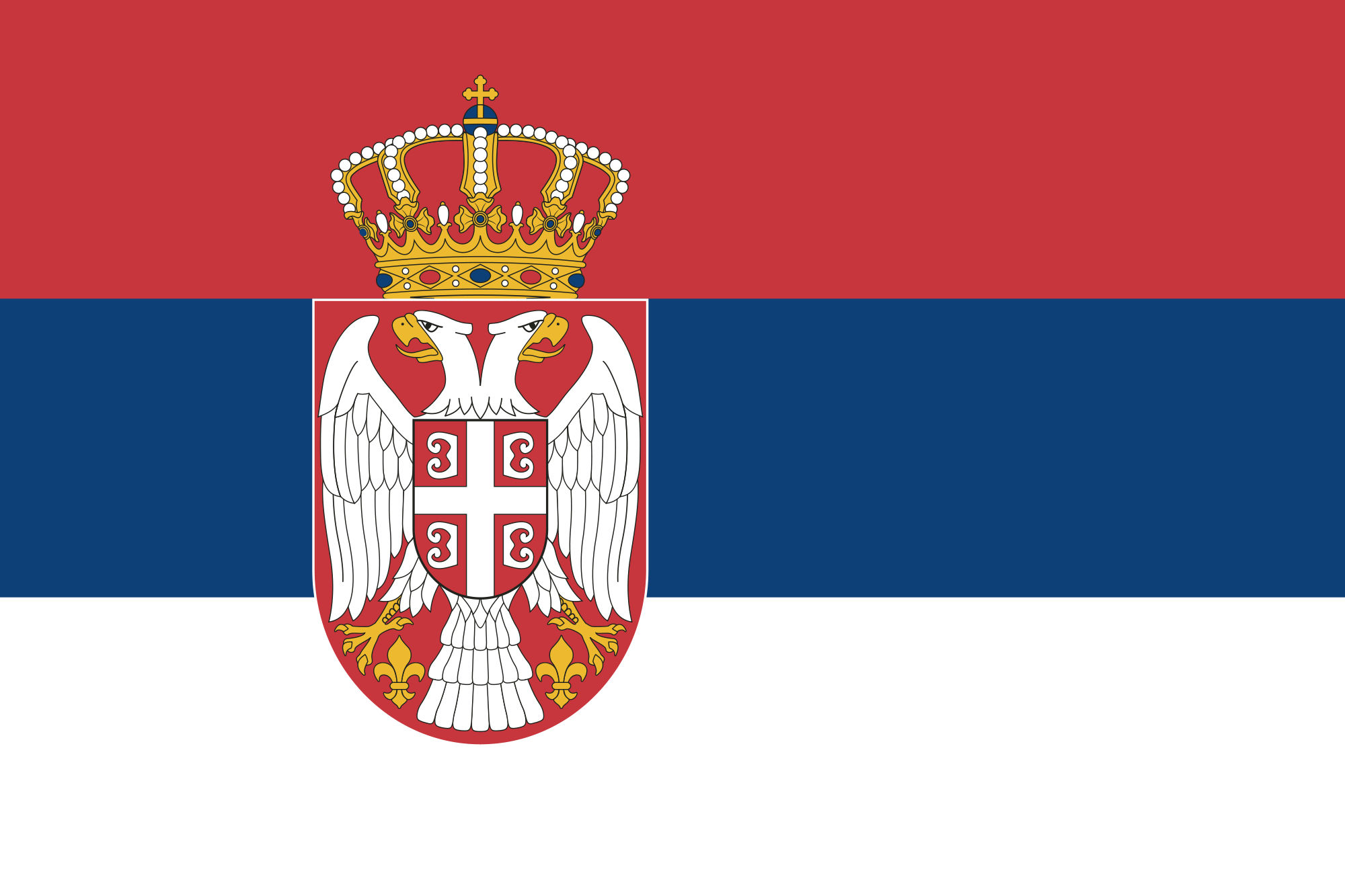Serbia
|
|

Basic Info
Serbia, the Republic of Serbia, is a country located at the crossroads of Central and Southeast Europe, covering the southern part of the Pannonian Plain and the central Balkans, lying between the homonymous masive and Carpathian mountains in the east, Dinaric Alps in the west, and the Morava valley - an intersection of land routes which lead southwards, towards Salonica, and eastwards, towards Asia minor. Relative to its history, culture, and relatively small territory, Serbia is distinguished by its transitional character. The country is landlocked and borders Hungary to the north; Romania and Bulgaria to the east; Macedonia to the south; and Croatia, Bosnia, and Montenegro to the west; also, it borders Albania through the disputed region of Kosovo. The capital of Serbia, Belgrade, is among Europe's oldest cities, and one of the largest in East Central Europe.

Geography
Located at the crossroads between Central and Southern Europe Serbia is found in the Balkan peninsula and the Pannonian Plain. Including Kosovo, it lies between latitudes 41° and 47° N, and longitudes 18° and 23° E. The country has several notable topographical features: the Pannonian Plain (mainly Vojvodina) and river lowlands, the Balkan and Carpathian Mountains, the Dinaric Alps, along with hillside stretching across central part of Serbia. The Danube passes through Serbia with 21% of its overall length, joined by its biggest tributaries, the Sava and Tisza rivers.
The province of Vojvodina covers the northern third of the country, and is entirely located within the Central European Pannonian Plain. Dinaric Alps, gradually rising towards south, cover most of western and central Serbia. The easternmost tip of Serbia extends into the Wallachian Plain. The eastern border of the country intersects with the Carpathian Mountain range, which run through the whole of Central Europe.
Climate
On the macro-level, the climate of Serbia is under the influences of the Atlantic Ocean and Mediterranean Sea and the landmass of Eurasia. With mean January temperatures around 0 °C (32 °F), and mean July temperatures around 22 °C (72 °F), it can be classified as transitional between oceanic (Köppen climate classification Cfb), humid subtropical (Cfa) and humid continental (Dfa). Rainfall patterns are well-distributed and average about 50 mm/month.
Religion
Serbia is one of the religiously diverse countries of Europe, with an Eastern Orthodox majority, and Catholic and Islamic minority, among other smaller confessions. While formation of the nation-state and turbulent history of 19th and 20th century has left its traces on the religious landscape of the country; as of 2002, Vojvodina was 68.97% Orthodox, 19.11% Catholic and 3.55% Protestant, while Central Serbia and Belgrade regions were over 90% Orthodox Christian. Kosovo consists of an 89% Albanian muslim majority.
Administrative divisions
Serbia is divided into 150 municipalities and 24 cities, which form the basic units of local government.

Site Search
News
Random Articals
Weather
Join Our Newsletter
Send This Page to Friend
To Email this page to a friend
1. Use Your Default Email Client
2. Use Our Recommend Page
Online Contact
nouahsark
1438084734
+ 86 158 00 323 707
+ 86 158 00 323 707
nouahsark@hotmail.com

If you like this article please feel free to share it to your favorite site listed below: